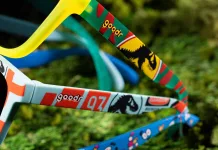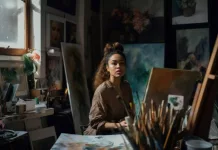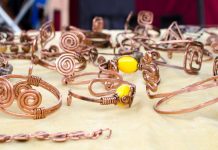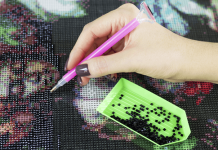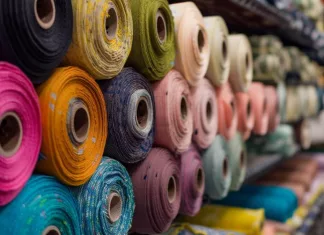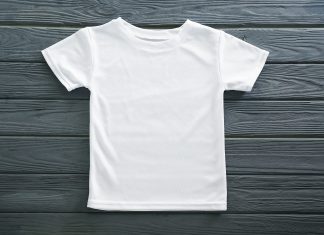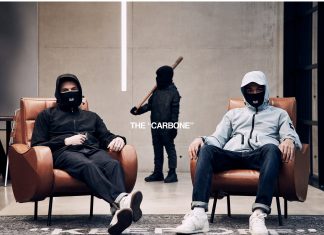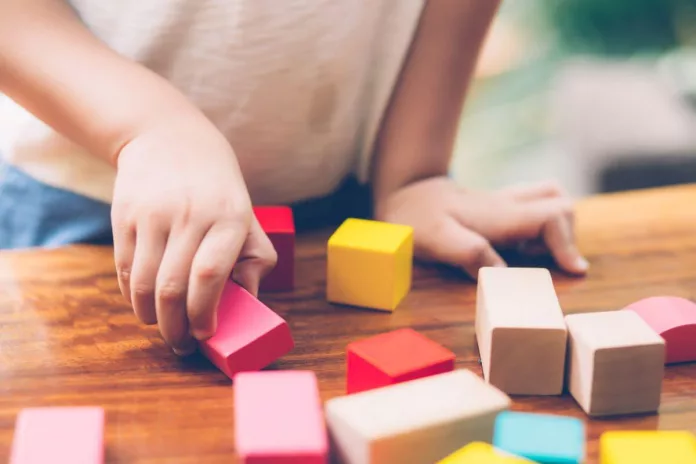
First Published: 20th November 2023, written by Stefano Safilo | Last Updated on 20th November 2023 | Reviewed and Edited by Chloe Safilo
Many people who have achieved great success in architectural, construction, and design activities believe that their childhood interest in such activities influenced their career choices. In this article, we will look at toys and activities that are designed to foster creativity. However, we will examine them through the lens of art and architecture, rather than simply as toys.
Big things start small
The most well-known toy among the vast array of toys based on the construction of various figures is the ordinary pyramid. Every child is familiar with the simplest pyramid design, which can always be found even in the arsenal of the most modern and expensive toys.
This is because, despite its simplicity, this toy is universal. It can pique the interest of any child, from a baby just learning to crawl to a pre-schooler. And how many games can you make out of a pyramid? It’s all up to your imagination.
Let’s look at what useful properties an ordinary pyramid has:
- Movement coordination is developed through mechanical assembly actions;
- Enhancement of spatial thinking through element analysis;
- The need to correctly compose the structure’s parts requires the development of logical thinking;
- Enhancement of colour perception, if the pyramid is made up of different coloured parts (which it usually is).
Consider how a primitive toy fosters other qualities, such as creativity and a sense of taste. What elements of creativity do you see in this seemingly ordinary pyramid? Everything is up to your imagination, because the pyramid, for example, can be assembled in ways other than those originally envisioned. It can be assembled in a different order, for example, resulting in an unusual figure with shapes similar to modern architectural solutions. This is how creativity is born.
The child develops another quality, namely a sense of taste, by constantly evaluating their results during the experimentation process. It is possible to teach a child to think creatively and to push the boundaries of the ordinary by encouraging such experiments and keeping the child interested in new ideas.
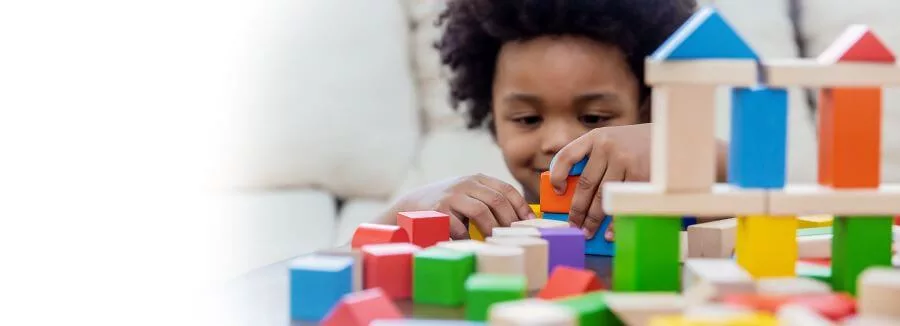
How to obtain more
There are many more options for educational toys than just pyramids in the modern world. There are advanced wooden toys that are not only more environmentally friendly and safer than their plastic counterparts, but can also provide the child with pleasant tactile sensations. By clicking the link, you can see that there are even entire architectural sets designed specifically to help children develop their design skills.
Truly, the toys’ list is just amazing. Additionally, you will learn how distinct the toys look based on the type and design. Some are made up of different small units and these while some are huge and come with few elements. Different types of thinking can be developed through these toys, and hence you need different varieties of the toys to help a child have different motor skills, motor coordination as well as logical and spatial thinking.
The best ways to foster creativity
There are proven methods that are guaranteed to improve your child’s abilities while also allowing you to express yourself creatively: these are toys based on design and art principles. Your little architect will enjoy making things, especially if you provide the proper motivation.
The following are some toys and activities that will help your child’s creative abilities:
Constructors
Ordinary building kits made of plastic, wood, or other materials. You don’t need a complex toy that will confuse your child. You can begin with relatively simple solutions. The main thing is to arouse interest in this kind of activity.
Drawing
Probably the most effective way to foster a child’s creative potential. As an option, you can concentrate the baby’s attention on elements of the environment or architectural features of familiar places. You could, for example, request that he draw his house or the school he attends.
Puzzles
Puzzles are also a great toy for encouraging creativity. Puzzles necessitate concentration and patience. They teach the child the ability to think rationally and consistently. This is also an excellent way to improve logical reasoning and fine motor skills.
Kinetic sand and plasticine
Another excellent way to foster your child’s creativity. Playing with kinetic sand or plasticine is not only entertaining but also extremely beneficial because this type of activity develops multiple skills at once, including fine motor skills.
Busy boards
The activity is more about developing logical thinking, but such toys aid in quickly learning the principles of various mechanisms and drawing the child’s attention to them. A child may develop a desire to invent new mechanisms or combine existing ones after analysing the principles of operation of some of them. It is critical to encourage such ideas because they are a clear indication of creative thinking.
Conclusion
When your child grows up and becomes a well-known architect or artist, don’t forget to tell him about your teaching methods and how you achieved such results. Education and training, like painting, are forms of art. You build your baby’s future with your own hands, just as an architect does with a building. And how beautiful and strong this “building” turns out is entirely up to you. The more involved you are in your child’s creative development, the more prosperous and happy his life will be in the end.










